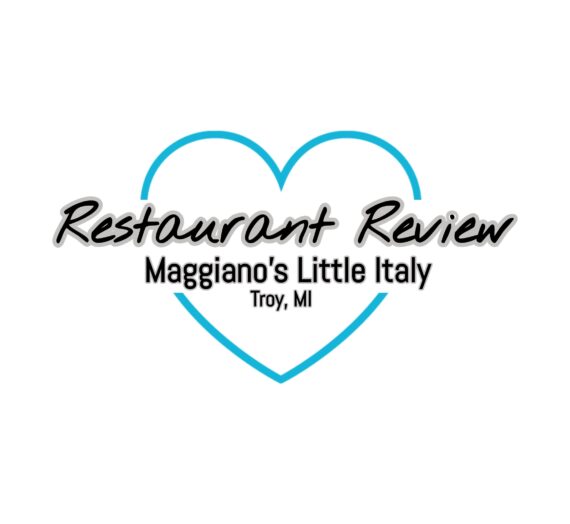As someone who has worked in restaurants for years, both as a waitress, and Kitchen Manager, let’s just say- I have seen a lot. Anytime we go out to eat as a family, there is a certain level of stress that comes along with it. I know some restaurant employees are just not educated enough on food allergies. There some restaurants that I refuse to even take my son into. One of them is a steakhouse where they throw peanut shells on the floor. That seems pretty obvious, right? But, what about other restaurants that don’t have peanut shells on the tables, chairs, and floors? How do we determine which places are safe and which ones to avoid? After years of navigating this new normal, as a family with food allergies, I now have a routine of what to do in anticipating a meal away from home. If at any point there is a red flag, we cross that establishment off of our list.
**Here are my top ten tips for dining out with food allergies.
1.Choose the restaurant.
- We avoid certain cuisines all together because of the possibility of cross contamination. For example, we avoid most Asian restaurants (which I miss terribly!) because they tend to use a lot of nuts, peanut oil, and peanut butter.
- We also avoid bakeries because many bakeries use peanut butter, pistachios, pecans, and walnuts.
- For more information on selecting a restaurant, visit this awesome link at FARE (Food Allergy Research and Education).
2. Check the restaurant website to look at the menu AND call ahead to ask if they are able to safely handle our allergies.
- I always check the menu online and see if there are any warnings for allergens, and see what food items they serve. Do they have a salad with nuts? Is there a lot of pesto being used? (These are the types of things I look out for specifically for our allergies).
- Sometimes the hostess will write those allergies down ahead of time and talk to the chef.
- Getting as much information as possible helps to eliminate any surprises that could come up upon arrival.
3. Think about dining out earlier rather than the prime dinner hours.
- By dining out earlier in the evening before the big dinner rush, servers and kitchen staff are more alert and attentive.
4. Bring a sanitizing wipe to wipe down the table and chair.
- According to FARE, “Commercial wipes are effective at cleaning surfaces, so you may wish to wipe down the table yourself as an extra precaution.” That being said, even if a table looks clean, using a sanitizing wipe always makes me feel a little better.
- This was especially important when we were unsure about how sensitive our one year old was to his allergens (since young toddlers tend to eat directly off the table). If I knew ahead of time- I would bring a silicone placemat for him to use.

5. Tell the server about our allergies.
- Before ordering, I talk to our server about our allergies. The restaurant may have a separate allergen menu, the server may ask the manager/chef to come talk to us, or they may have some suggestions on what to order and what to avoid.
- The server is typically our only communication to the people preparing our food, so we want to be as clear as possible.
6. Carry additional information.
- I have a chef card explaining what our allergens are, and what common ingredients can be problematic, if there are any questions, I can give it to the server or kitchen staff.
- If you are traveling abroad, be sure to have a chef card translated with your allergens on it.
- CLICK HERE for your own chef card from FoodAllergy.org (FARE)
7. Be direct when ordering.
- Because of my experience working in restaurants, I never assume that just because I ask a question about an item on the menu, that the server knows that I want it made a special way. I strive to always be direct when actually ordering, for example, “I’m trying to decide what to order for my son. He has a peanut and tree nut allergy. Do you use peanut oil for your French Fries? Does your bread contain any nuts?” If no for both of those answers; I follow up with, “My son would like the kid’s grilled cheese with French Fries. I notice you have a peanut butter sandwich on the menu, he has a peanut and tree nut allergy; will you please make sure to let your kitchen staff know?”
8. Never ever assume that the order is perfect.
- Things can get overlooked, especially in a busy kitchen. If something seems off when our food order arrives, I ask to speak with the chef or manager. I would rather question something than risk an issue.
9. Plan ahead!
- No matter how safe things seem, accidents can happen– I ALWAYS carry an EPI Pen, and Benadryl!
10. Don’t be afraid to leave at any point if things don’t feel right.
- A little awkwardness is worth it if it means avoiding a potentially life threatening situation.
**These are just my own personal guidelines. Some people with food allergies prefer not to dine out at all, especially those who may be sensitive to airborne allergens or are touch reactive. Talk with your doctor and then determine what your comfort level is when eating away from home.
Is there something you do or think about before heading off to a restaurant? Let me know in the comments below, I would love to hear about what YOU do to stay safe while dining out.
Sources and links used in this article:
Food Allergy Research & Education, 2020
https://www.foodallergy.org/resources/dining-out-children
https://www.foodallergy.org/resources/food-allergy-chef-cards





Barbara Crampton
Morning Liz. This is wonderful information and thank you for putting it all down so families know to look for “red flags”. As MIL to two celiac patients, I know the difficulties that can be encountered.
Liz
Thank you! I hope this also gives people who don’t have dietary restrictions a glimpse into the lives of those who live it every day.